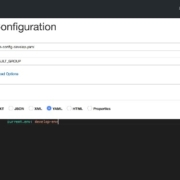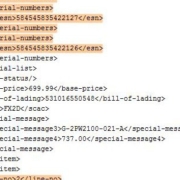One of the key innovations that changed how businesses function and operate is cloud computing. Modern IT is becoming more and more commoditized and enterprises are now looking at a hybrid IT model as a key enabler for driving their business to reduce costs, increase time-to-market, and become Agile and innovative. Many of the leading market analysts have already envisaged that hybrid architectures would become the default models in the coming years.
Every technology transformation also comes with the challenge to adopt. The rising popularity of hybrid IT come with the challenge of adapting to these environments, which are rather fragmented with multiple providers and various toolsets used for governance. The key factor are on how enterprises could scale their adoption and proactively manage business-critical IT services across multi-cloud federations without sacrificing for availability, compliance, and security.










